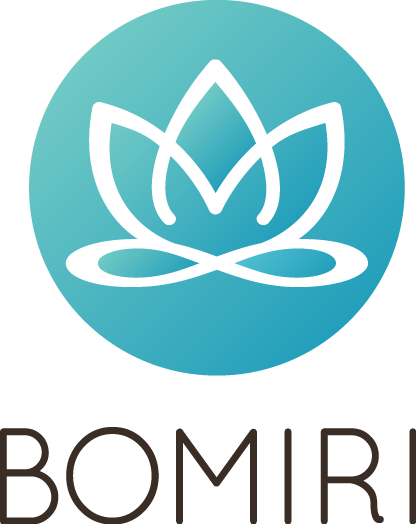Elements of Focus
Long-term research has linked work-related stressors with physical and emotional health. Studies conducted in workplaces show that positive events and interactions at work are associated with reduced stress and enhanced health (Bobo, Glomb, Shen, Kim, and Koch, 2013). Other research indicates that work is central to psychological health, feelings of satisfaction and accomplishment, and emotional well-being (Brustein, 2008). The single most reliable predictor of a long life is satisfaction with one’s job. People who are satisfied with their work tend to live longer than people who are dissatisfied with their work.
The name BOMIRI is an amalgam of Body, Mind, and Spirit. When I started my OD work in the late ‘90s I was solely focused on industrial psychology and matters of the mind. I gained certifications in change management, facilitation, Waterfall then Agile, and business process redesign. In the early days of my career I did not consider physiology, let alone one’s spirituality, and so my work hours were spent on behavior and motivation through processes and frameworks to yield successful performance. Over the last three decades, I’ve been fortunate to have had mentors who saw my desire to increase my capacity for understanding and guided me to stretch in servant leadership.
Fortunately for us all, creating a culture of holistic well-being is now a workplace norm. In the Future Workplace study, leaders identified seven pillars of employee well-being: physical, emotional, social, financial, purpose, career, and community. Most organizations have shifted focus from strictly business issues and the bottom line to individual human life experiences and respecting the struggles we all face. This balance is what I consider foundational to all business decisions, intentions, and plans of action.
Your SWOT and Your Customer’s Needs.
In addition to collating your internal team’s insights, research your client’s needs and barriers. Investigate what your target perceives about your services, and identify the potential opportunities for the short term while evolving your vision for the future. Interpret the data and transform your client’s desires and experiences into upgraded solutions and services. Are you leveraging first-party data that generates high-quality information? By capturing that data and correlating it to individual customer profiles, it can be analyzed and put to work in various channels to provide better CX and personalization.
You Are Different.
Beyond your mission statement, what is your persuasive value proposition that tells your prospects the number one reason why your service is best suited for their particular need? What sets you apart from the competition and what does it mean to each facet of your organization? Aside from selling, what systems, platforms, and applications will best serve your organization to deliver results? How are you managing the complexities of compliance and confidentiality?
Communicating Tactics & Building Culture.
Leverage proven methodologies to understand and predict behavior at work. Team members who have psychological safety adopt and perform with more contentedness. With shared tools, they can independently identify issues and propose solutions. It’s more than just a list of core values and survey results. How organizational change is interpreted will influence outcomes.
Data and Profitability.
Think Data-First. What Key Performance Indicators do you rely upon and what are the sources? What does your organization do to make a proven profit? What metrics drive the decisions that will have the most impact and ROI? How do you align your plans with your budget?
Think Empathy. What does your most recent employee survey tell you about your culture, engagement, pay and benefits, flexibility, perception of leadership, and eNPS (Employee Net Promoter Score)?
Think CX. First-party data (that defines your customers’ experience with your brand) is arguably your most valuable customer asset. This creates analytical honesty, rather than a narrative based on opinions. It allows you to improve their experience and offers a true measure of your company’s performance.
Strategic Planning.
If you are experiencing a leadership team that “spends inordinate amounts of time debating tactics” then the shared outcomes and plans were not properly outlined and integrated before the work began. It’s less challenging to plan in a silo, but setting organizational priorities requires expert facilitation, individual input, and buy-in, time, energy, collaboration, and alignment.
Here are some questions to consider:
Does your organization have specific targets for program and portfolio management performance measures to ensure project milestones are met on time?
Do you have specific cost savings and uptime objectives within your IT performance metrics?
How effective do you believe your managers are at building actionable performance goals for team members that are aligned with your business objectives?
What program-level performance metrics have you used that are specific to evaluating the overall effectiveness of your design-build program?
Are you leveraging anonymous feedback?






